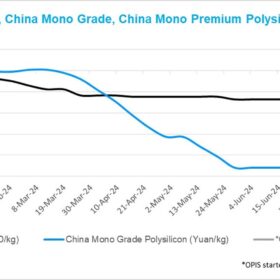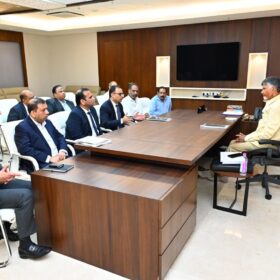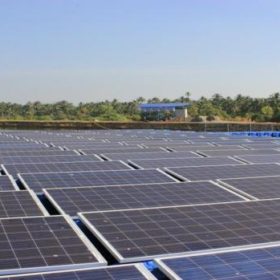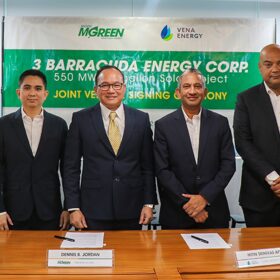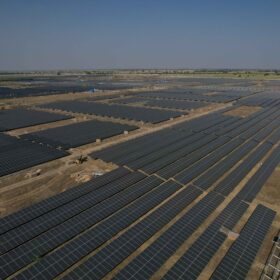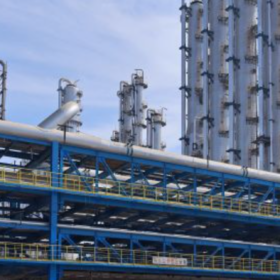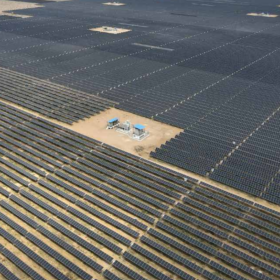EDF Renewables wins tender for largest PV plant in Israel
EDF Renewables says it has won a tender to build and operate Israel’s largest PV plant, a 300 MW project near Dimona, with a bid under $0.019/kWh – the lowest price ever in the Israeli market.
How much shade is enough?
Researchers have covered part of a rooftop solar plant with a different numbers of shading cloth layers to measure their power, current, and voltage. They have been able to identify a point after which the value of system current and maximum power is no longer sensitive to shading heaviness.
Global polysilicon prices stable amid steady fundamentals
In a new weekly update for pv magazine, OPIS, a Dow Jones company, provides a quick look at the main price trends in the global PV industry.
Tata Power Solar partners ICICI Bank for easy financing to residential and corporate customers
ICICI Bank will provide low-cost loans to residential and corporate customers for purchase of Tata Power solar panels.
Brookfield-backed Evren commits $5 billion investment in Andhra Pradesh
Evren, a clean energy JV of Axis Energy and Brookfield, has committed $5 billion investment to develop 3.5 GW of solar and 5.5 GW of wind assets in Andhra Pradesh.
JSW Energy secures 300 MW wind-solar hybrid project, signs PPA for 300 MW solar
JSW Energy has been awarded a 300 MW interstate transmission system (ISTS)-connected wind-solar hybrid power project by NTPC Ltd. It has also secured a power purchase agreement (PPA) with Bangalore Electricity Supply Co. Ltd for 300 MW solar capacity in Karnataka.
East-west vertical PV as antidote for soiling in desert regions
New research shows that east-west-oriented vertical PV installations can significantly help reduce soiling in desert environments. The scientists found that PV power generation can be up to 9% higher in vertical systems compared to conventional arrays.
Vena Energy moves ahead with 550 MW of solar in the Philippines
Singapore’s Vena Energy and MGen Renewable Energy, the renewables unit of Manila-based Meralco PowerGen Corp., have signed an investment agreement for 550 MW of solar in the Philippines. Construction is due to start later this year.
India installed 15 GW of solar in first half of 2024
India added 14.9 GW of new solar capacity in the six months ending June, breaking all previous half-yearly and annual PV installation records.
BC Jindal Group enters renewable power generation, solar manufacturing
BC Jindal Group, a flexible packaging film and downstream steel product manufacturer, has formed a dedicated entity, Jindal India Renewable Energy (JIRE), with an aim to generate 5 GW of power from solar, wind, hybrid and FDRE modes. JIRE will also manufacture solar PV cells and modules.


